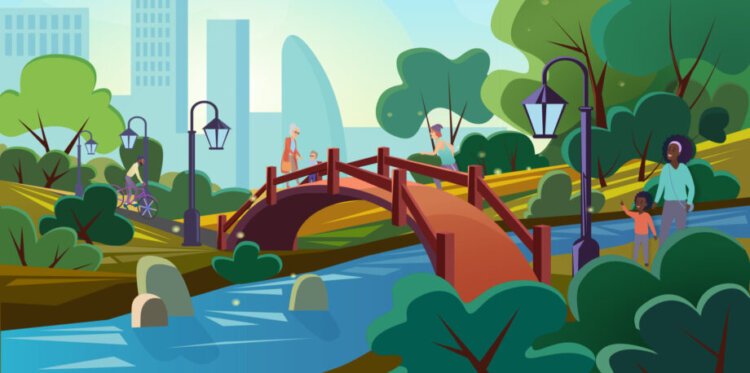Faisalabad’s urban landscape is changing rapidly—but not everyone is applauding the transformation. Under a Punjab government-backed beautification campaign, the Parks and Horticulture Authority (PHA) has begun replacing lush green medians and roundabouts with iron structures, statues, and monuments.
Among the new installations are a giant book-and-pen sculpture near the Agricultural University, flag-bearing soldier figures at Chenab Chowk, and a gazebo-like frame at Station Chowk. More projects are planned at Satiana Road’s Gateaan Wala Chowk and Allied Mor.
But the campaign has come under fire for felling decades-old banyan, neem, and sheesham trees and erasing Faisalabad’s green identity.
“From Saleemi Chowk to Jhall Bridge, the PHA has stripped away vibrant greenery and replaced it with stone,” said Aslam Bhalli, former senior vice president of the Faisalabad Chamber of Commerce. He accused the authority of focusing more on commercial displays and outdoor ads rather than nurturing the city’s parks and trees.
PHA’s Director Engineering Hassaan Ahmad defended the project, describing it as part of a province-wide effort to enhance key sites, including the iconic Clock Tower and its eight bazaars. He promised that future designs would integrate local heritage and green elements, responding to criticism that the monuments ignore the region’s historic Sandal Bar roots.
Yet for many residents, the shift raises a broader question: Can a city truly be ‘beautified’ if it loses the very greenery that gave it life?



